SU Drought Response Plan pays off

Stellenbosch University(SU) is doing its part to abide by the severe water restrictions and has successfully reduced its water consumption by 45%.
The University has achieved this significant saving by implementing a wide range of innovative water-saving interventions and by changing people’s behaviour and water use through public relations campaigns. The interventions are outlined in the SU Drought Response Plan, a detailed document that guides SU in addressing water shortages and that ensures SU’s sustainability if taps in the Western Cape run dry. The plan was devised in 2017 under the leadership of Chief Director of Facilities Management, Nicolette van den Eijkel, and, with the support of the Drought Response Contingency Workgroup, the various interventions were rolled out.
John de Wet, Manager of Environmental Sustainability at SU, says that they are pleased with the success of the interventions and with the support that they received from the campus community. De Wet says that their first line of intervention was quick fixes, which saw SU launch the "War on Leaks" project. The project saw the establishment of a permanent team that identifies and fixes leaks across the SU campuses. Part of the project entailed replacing toilet cisterns with water-wise ones and fitting Flush Buddy bags in cisterns, which drastically reduced the amount of water used per flush.
The roll-out of large-scale grey water systems in residences also contributed drastically to the University’s water savings, while the fitment of efficient equipment installed in kitchens and residences contributed to between 20 and 30% of savings in potable water use. SU also opened and renewed six existing boreholes, with each earmarked for a specific purpose. Water metres were installed in buildings across Stellenbosch Campus, providing De Wet and his team with accurate water measurements at 15-minute intervals.
Although Day Zero has been put on hold for now, De Wet says that the University will continue to implement water saving initiatives and that SU’s potable water demand is expected to be reduced by 63%.
Three major projects are earmarked for roll-out this year. This includes the construction of a toilet grey water system that will see grey water from residences run through a single central purification system on Stellenbosch Campus and return this to the residences and administration buildings for the flushing of toilets. A state-of-the-art reverse osmosis purification plant will also be constructed on Bellville Park Campus and a wellfield of five boreholes on Tygerberg Campus.
“Our environmental sustainability vision for SU is that, by 2030, the University must be transformed and operating in the greenest sustainable way possible in the provision of infrastructure and systems and within its daily operations. This will result in minimal impact on the environment and on the resources needed,” says De Wet.
SU's water interventions include:
- Changing shower heads and reducing pressure in taps;
- Filled bags are placed in toilet cisterns to save one litre of water per flush;
- Seven boreholes have been drilled on the Stellenbosch campus as additional sources of water;
- Only borehole water is used for swimming pools and artificial hockey fields ;
- Cricket pitches are watered only with borehole water and from the dam;
- Only the Craven A field is watered from the dam to ensure that SU honours the existing agreement for the FNB Varsity Cup. The players practise there and, if so dry, the grass blades break off and sandy field can easily develop. The other sports fields are no longer watered.
- The Lentelus fields were irrigated until the lawns were established, but watering is no longer essential.
- The University gardens have not been watered since November 2017. Boreholes are used at strategic places just to maintain old historical gardens such as at the Wallenberg Centre, and elsewhere on campus.
- A big grey-water project will be rolled out this year. Grey water from residences will run through a single central purification system and return to residences for flushing toilets.
- On the Tygerberg campus water from five boreholes that will be purified, can meet 50% of the faculty's water needs.
- Two large purification plants have been purchased for the Tygerberg and Bellville Park campuses. Once fully functional the plant will supply 100% of the Bellville Park campus' water needs.
- Eendrag and Simonsberg residences already have grey-water systems to purify shower water to irrigate the gardens. Similar systems were also installed on the Tygerberg campus.
- The swimming pool at Tygerberg is being used as a reservoir. Should it become necessary water can be transported from the quarry on the Bellville Park campus to Tygerberg.
- SU receives treated sewage water from Stellenbosch Municipality to irrigate certain trees
- SU has two dams – Ertjieskloof and Welgevallen – with a quota to use the water in summer for irrigation. This water is reserved for the Craven A field, the cricket pitch and the central section of the athletics track.
What does SU's drought-response plan entail?
The plan is based on three points of departure: to reduce water consumption by changing people's behaviour and through other interventions; re-using grey water; and identifying alternative water sources.
100 #Watersmart ideas
Staff are also urged to continue their water saving efforts. To assist, the Corporate Communication Department has designed a series of posters that are will serve as a reminder to use water sparingly whilst at the office.
You can download the posters here.
What can you still do to save water?
- Shower for less than two minutes;
- Do not let water run freely when washing your hands, brushing your teeth or shaving. Put the plug in the washbasin.
- Flush toilets with collected shower water;
- A toilet does not have to be flushed after every use;
- Set an example and inspire others to save water;
- Although the University will not close during the recess from 30 March to 8 April, students are encouraged to go home during this period. This will help to reduce water consumption in Stellenbosch.
- Although interruptions in the water supply is not currently envisaged, staff and students are encouraged to keep 5 litres of water available to avoid any inconvenience if an emergency should arise.
With the severe water shortage that is currently plaguing the Western Cape, innovative solutions are in greater demand than ever before.
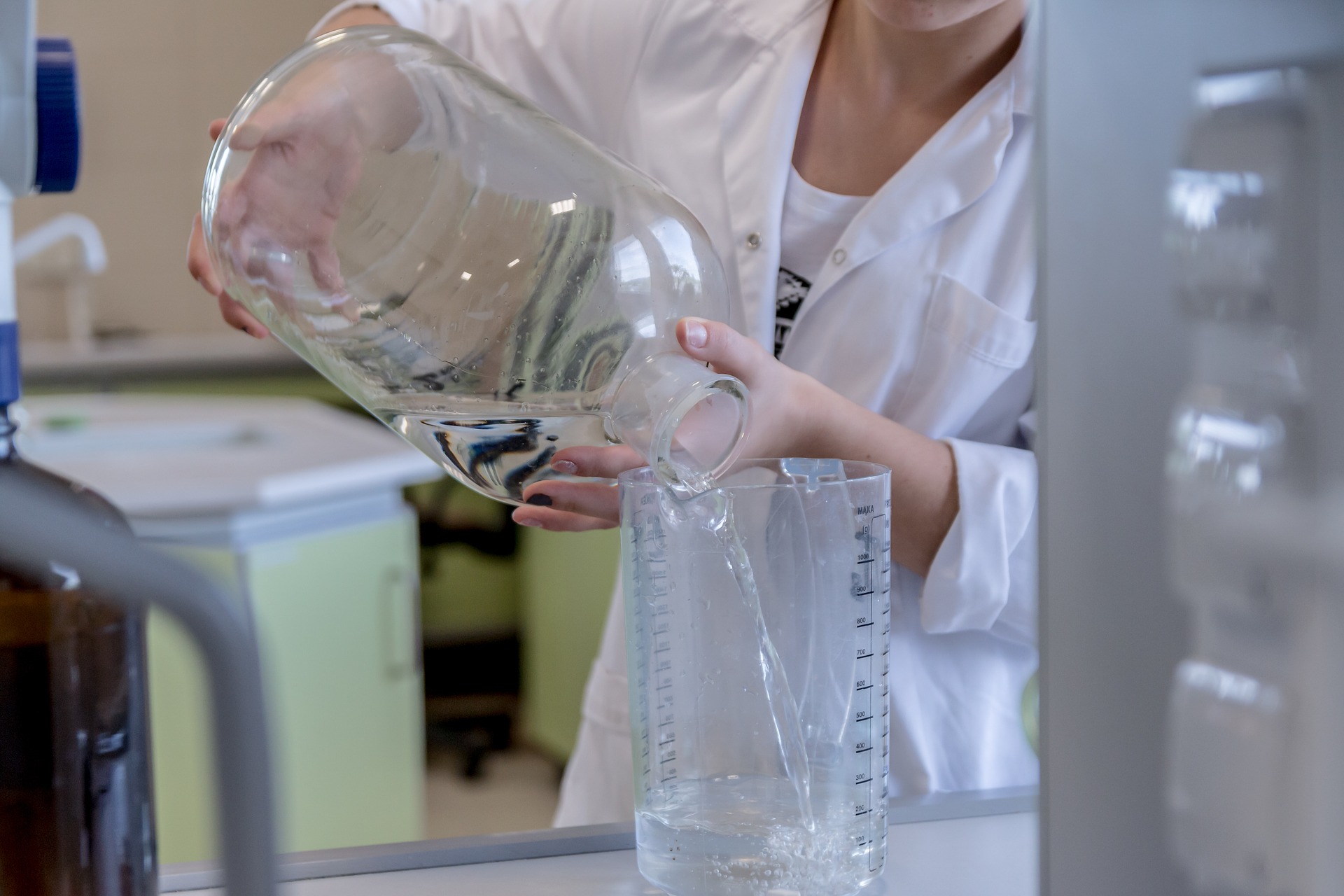
Three chemistry students at Stellenbosch University have reduced their laboratory’s water consumption by at least 3 000 litres per week by coming up with innovative and relatively inexpensive ways of saving water. | 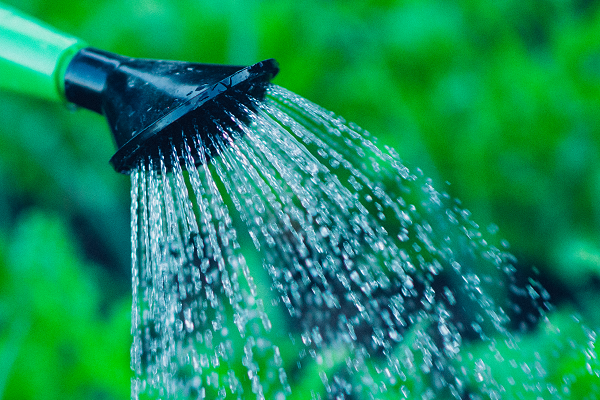
This is the question that three postgraduate students from Stellenbosch University want to answer by collecting as many rainfall and groundwater samples from across the country as they can and they want you, the public, to help. | 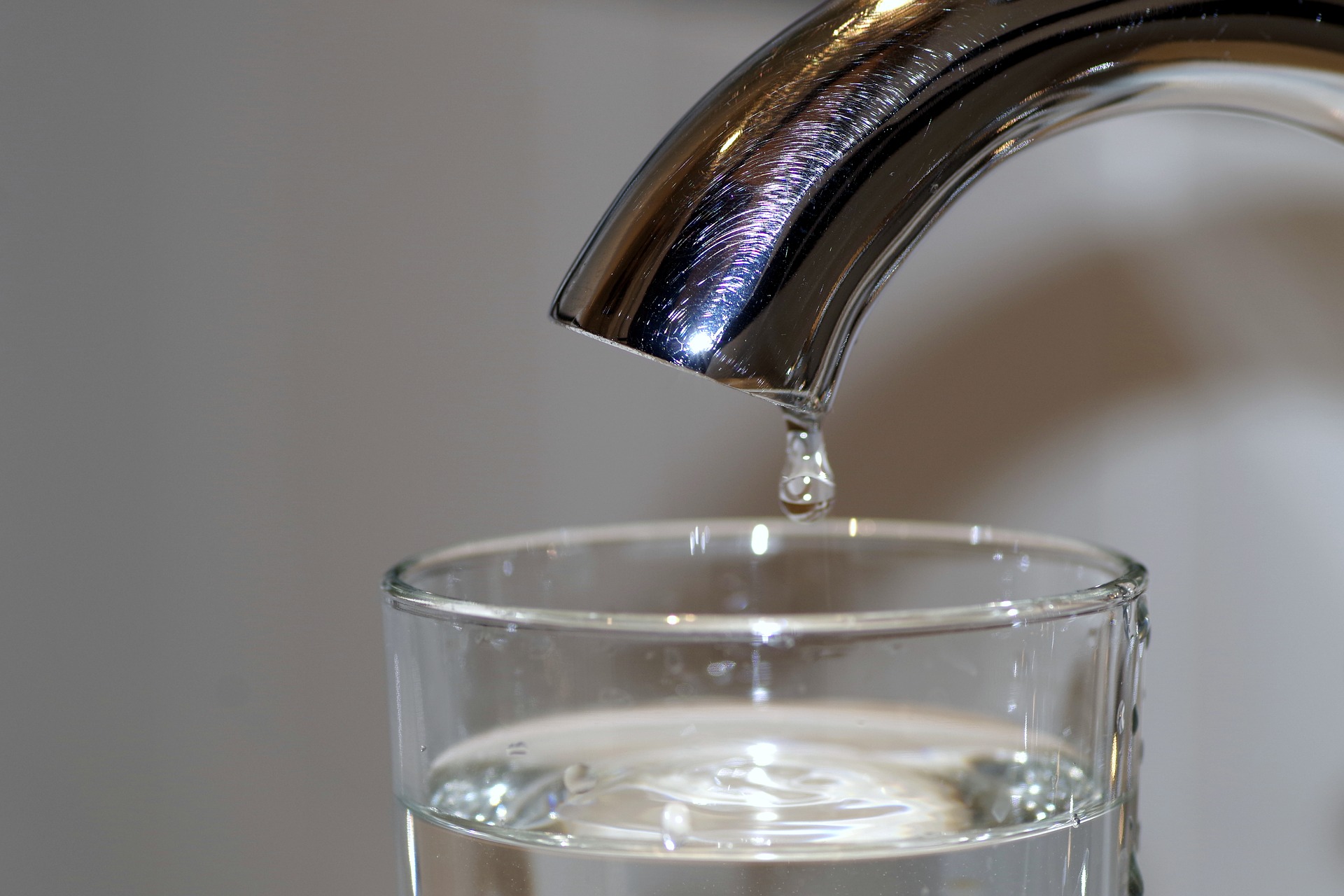 From capturing grey water for reuse to the mass rollout of water efficient fittings, Stellenbosch University has implemented a number of interventions to drive down water consumption. |
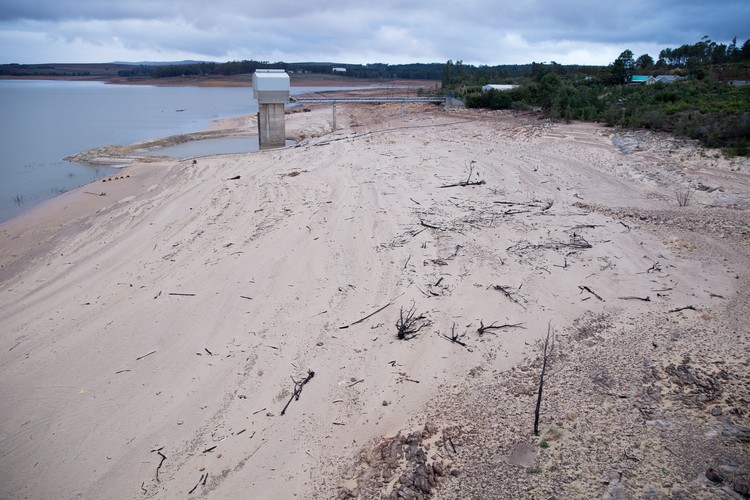
If all Capetonians stood together and saved water, the water in our dams could last double the current predicted time-period. So says Dr Willem de Clercq, a water researcher at the Stellenbosch University Water Institute. Pic by: Ashraf Hendricks/GroundUp (CC BY-ND 4.0)
| .jpg)
An interactive workshop to develop the content for an occupation qualification for water process management was hosted by Stellenbosch University Water Institute. | 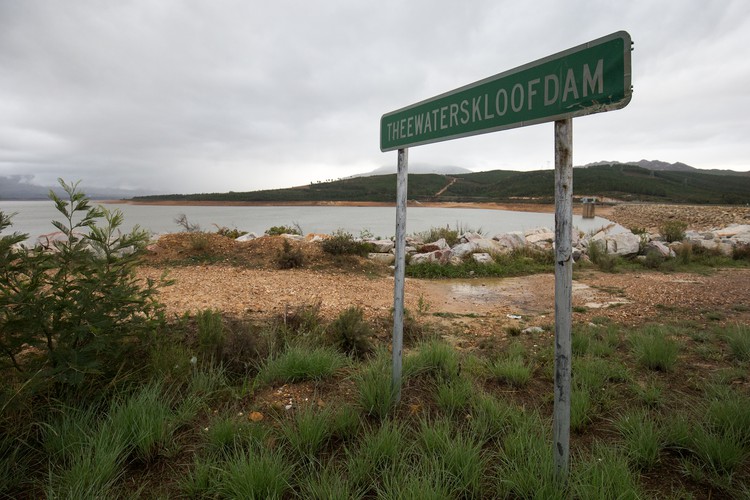
The water crisis in South Africa’s Western Cape is cause for grave concern. Authorities are desperately trying to find new water sources, due to consumption not reducing to sustainable targets. Pic by: Ashraf Hendricks/GroundUp (CC BY-ND 4.0) |

